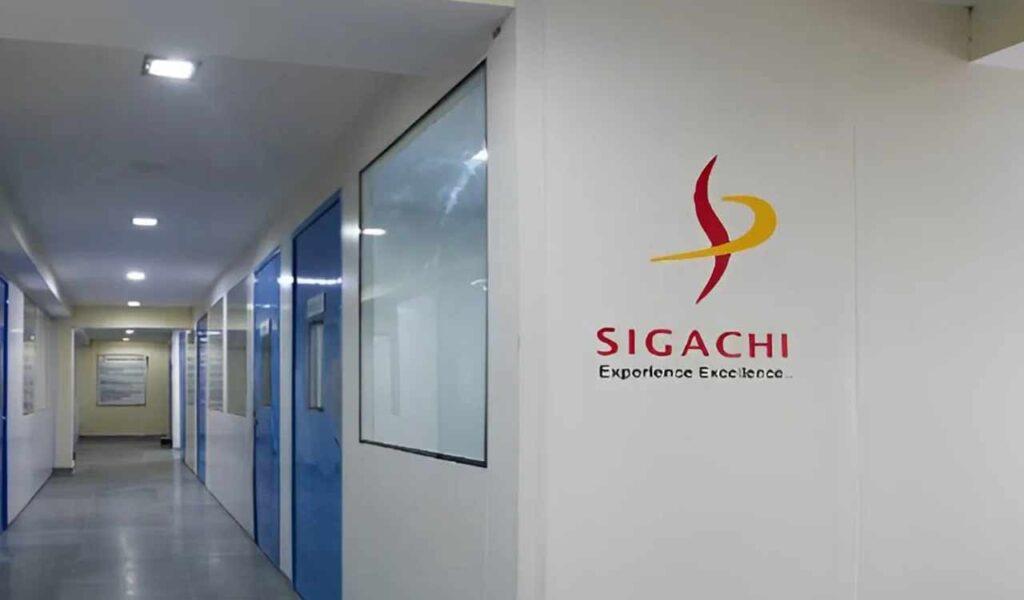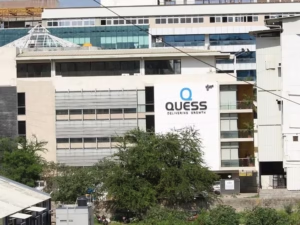Opening Hook
When life throws lemons, some make lemonade. Sigachi, however, got hit with a fireball. The quarter ended with a literal bang at its Hyderabad plant, leaving investors with smoke-filled questions. Yet, amidst tragedy and financial bruises, management put on their brave faces, sprinkling words like “resilience” and “insurance cover” to soothe worried analysts. Spoiler alert: EBITDA grew, but the bottom line? It’s as burnt as the Pashamylaram unit.
Here’s what we decoded from this fiery earnings call.
At a Glance
- Revenue rose 35% YoY to ₹128 Cr – because the fire happened on the last day, lucky timing.
- EBITDA up 14% to ₹24 Cr – margins at 18.8%, management calls it “strong”; investors call it “meh.”
- PAT plunged to a net loss of ₹101 Cr – thanks to ₹121 Cr write-off; CFO blames accounting standards.
- Pashamylaram plant shutdown (6,400 MT) – contributes 29% of capacity; estimated revenue loss ₹60 Cr over six months.
- Insurance to the rescue – ₹90 Cr claim filed plus business interruption cover of ₹25 Cr.
- Stock reaction – traders mourned, then speculated.
The Story So Far
Sigachi was enjoying its growth story with expansions into APIs, O&M services, and high-value pharma segments. Then came June 30, 2025 – the fire incident at its Hyderabad unit. Operations halted, losses booked, and investigations launched. Yet, Q1 numbers looked fine because the disaster struck post-quarter. Management now juggles rebuilding, insurance claims, and customer trust. In true corporate fashion, they assure that “long-term priorities remain on track.” Sure, if “track” means navigating a minefield.
Management’s Key Commentary
- On the Fire Incident:
“We extend heartfelt condolences and are working with authorities.” – also working with insurance, because bills don’t pay themselves. - On Financial Impact:
“₹121 Cr loss provisioned as per accounting standards.” – Translation: blame the auditors. - On Insurance Claims:
“We expect the insurance to cover rebuilding and lost profits.” – fingers crossed. - On Growth:
“API segment will touch ₹70 Cr revenue in FY26.” – because hope is free. - On Margins:
“Margins remain healthy at 18–20%.” – unless another disaster decides to visit. - On Client Relations:
“Customers are supportive and even paid us early.” – apparently condolences come with cheques. - On Safety:
“We are reinforcing safety protocols.” – better late than never.
Numbers Decoded – What the Financials Whisper
| Metric | Q1FY26 | YoY Change | The Snarky Truth |
|---|---|---|---|
| Revenue – The Hero | ₹128 Cr | +35% | Grew because disaster came late. |
| EBITDA – The Sidekick | ₹24 Cr | +14% | Tried hard to look brave. |
| PAT – The Drama Queen | -₹101 Cr | -880% | Went up in flames, literally. |
| MCC Volumes | 4,764 MT | Flat-ish | Hyderabad absence will show next Q. |
Analyst Questions That Spilled the Tea
- Analyst: “How much of the loss is insured?”
CFO: “₹90 Cr covered, business interruption too.”
Translation: Pray insurance doesn’t find a loophole. - Analyst: “Fire NOC?”
CEO: “Not applicable for this plant.”
Translation: Bureaucracy to the rescue. - Analyst: “Can you recover customers if delays stretch?”
CEO: “Clients love us.”
Translation: Please keep loving us. - Analyst: “Margins compressed, why?”
CFO: “Unsold stock valued at cost.”
Translation: Accountants did their job.
Guidance & Outlook – Crystal Ball Section
Despite the fire, management still forecasts ₹550–575 Cr revenue for FY26, thanks to insurance and production shifts to Dahej and Jhagadia. API growth, regulatory approvals, and new tech tie-ups (like Respilon’s nanofibers) remain the darlings of the future plan. Translation: the growth story isn’t dead—it just smells like smoke.
Risks & Red Flags
- Plant Downtime – six months is optimistic; reality may stretch it.
- Insurance Uncertainty – claims take time, and insurers love paperwork.
- Client Attrition – temporary shortages could test loyalty.
- Margin Pressure – higher fixed costs with reduced capacity.
- Safety Reputation – another incident would be catastrophic.
Market Reaction & Investor Sentiment
The market first panicked at the fire news, then calmed after hearing “insurance cover.” Stock showed volatility, proving traders have the memory of goldfish. The emotional cycle: fear → hope → speculative buying → regret (possibly).
EduInvesting Take – Our No-BS Analysis
Sigachi is walking a tightrope. On one side: a fire, capacity loss, and big write-offs. On the other: insurance, customer support, and strong growth potential in APIs and specialty chemicals. If management executes safety fixes, ramps up alternative plants, and cashes the insurance cheque quickly, the recovery could be swift. However, investors should watch Q2 closely—because that’s when the real impact of the shutdown hits.
Conclusion – The Final Roast
In short, the Q1FY26 call was part eulogy, part pep talk. Sigachi has shown resilience, but fire recovery is a long road. The stock could rise from the ashes—if management delivers on promises faster than insurers process claims. Until then, buckle up.
yaml
Written by EduInvesting Team
Data sourced from: Company concall transcripts, investor presentations, and filings.
SEO Tags: Sigachi Industries, Sigachi Q1FY26 concall decoded, earnings call analysis, EduInvesting humour finance, Sigachi Industries results insights



















